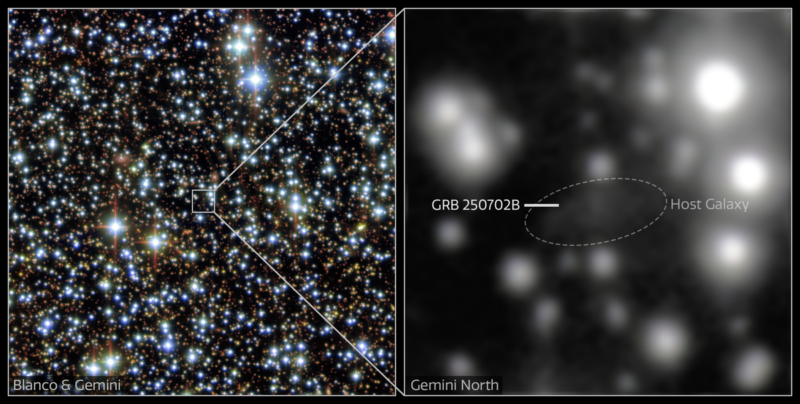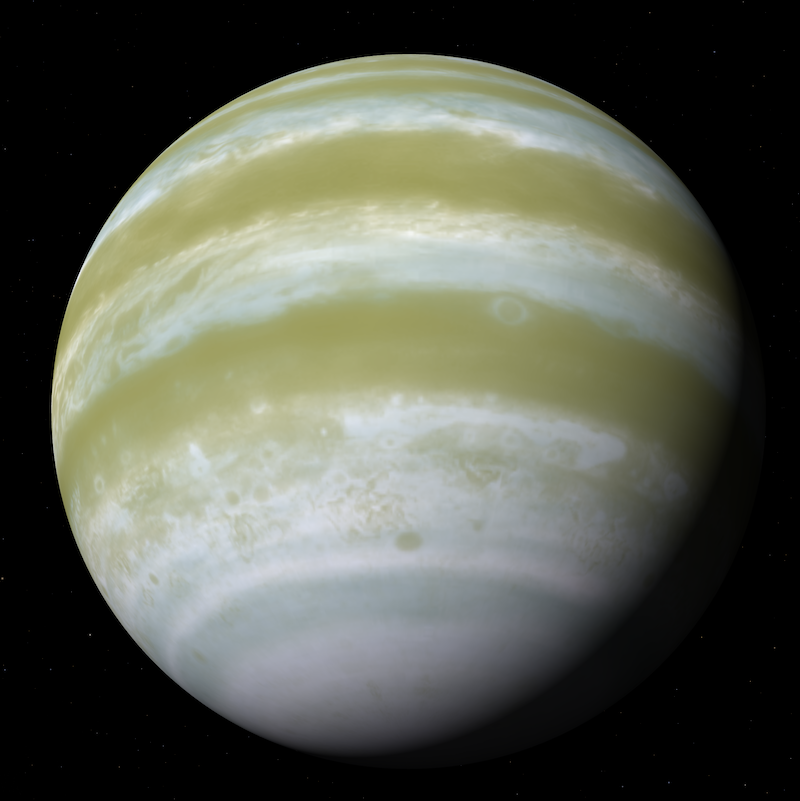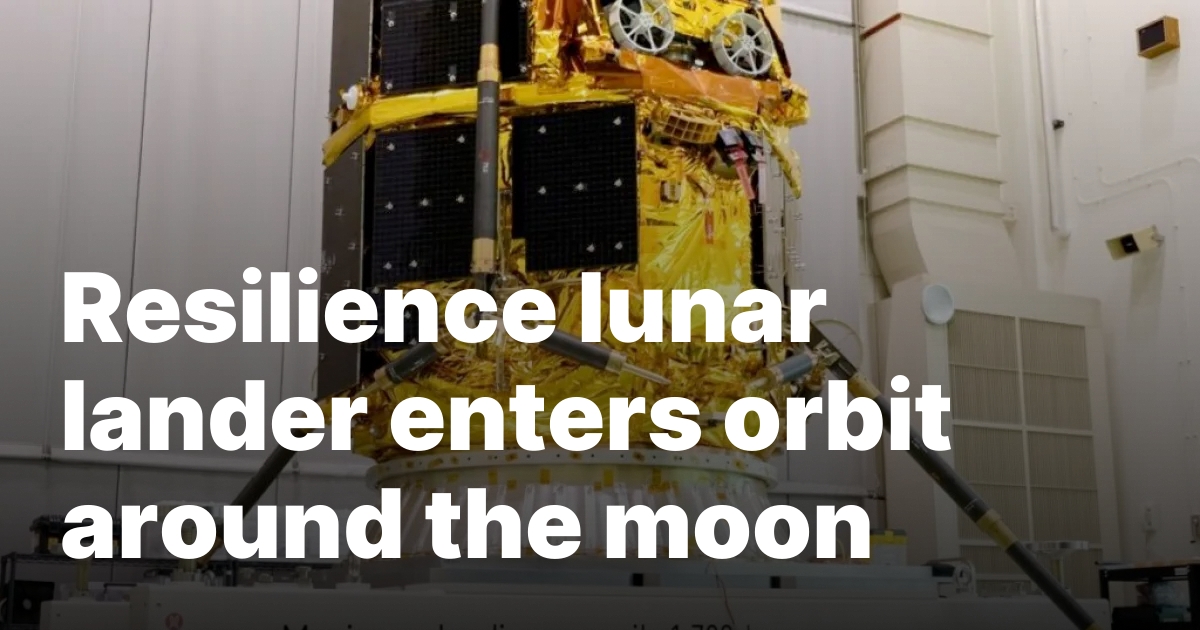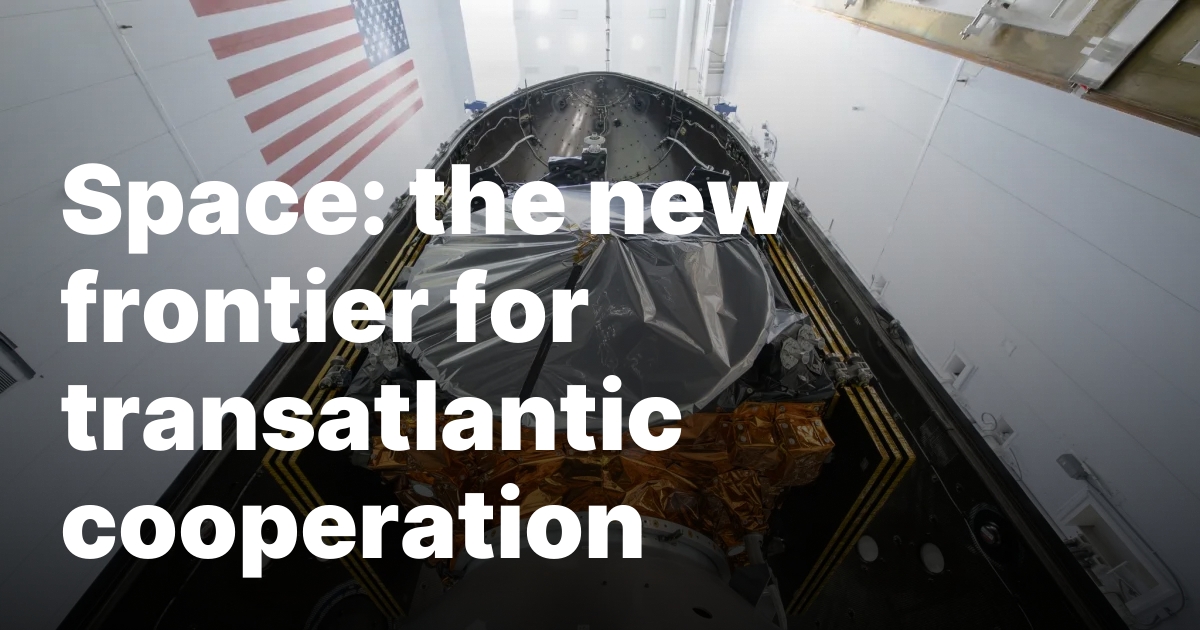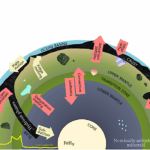Now Reading: Is a mammoth black hole lurking in this nearby galaxy?
-
01
Is a mammoth black hole lurking in this nearby galaxy?
Is a mammoth black hole lurking in this nearby galaxy?

Explore spiral galaxy Messier 83 through Webb’s infrared eyes. The James Webb Space Telescope has found new evidence of a supermassive black hole in the heart of this galaxy. Video via ESA/ Webb/ NASA/ CSA/ A. Adamo (Stockholm University) and the FEAST JWST team/ N. Bartmann (ESA/ Webb).
Science matters. Wonder matters. You matter. Join our 2025 Donation Campaign today.
- Supermassive black holes are common in the centers of galaxies. Even our own Milky Way has one.
- The nearby galaxy Messier 83 was also suspected of having one, but astronomers hadn’t been able to confirm it. Was it obscured by dust?
- Now, NASA’s Webb space telescope has detected highly ionized gas in the heart of Messier 83. A supermassive black hole is the most likely explanation, astronomers say.
Is a mammoth black hole lurking nearby?
Supermassive black holes are common in the centers of galaxies. Even our own Milky Way has one. Astronomers suspected a supermassive black hole resided in the nearby spiral galaxy Messier 83 – the Southern Pinwheel galaxy – but confirmation has been difficult. Now it seems the long-sought black hole might have finally been found. An international team of astronomers said on April 17, 2025, that NASA’s James Webb Space Telescope found the signature of an active galactic nucleus, a sign of where a black hole could be growing.
The researchers published their peer-reviewed findings in The Astrophysical Journal on April 17, 2025.
???? The MIRI instrument on the NASA/ESA/CSA James Webb Space Telescope has detected hints of a hidden supermassive black hole in the heart of M83!Read more ? www.esa.int/Science_Expl…? ?
— ESA Space Science (@science.esa.int) 2025-04-17T08:25:23.392Z
Does Messier 83 have a supermassive black hole?
Astronomers have found that many huge spiral galaxies have supermassive black holes in their centers. Supermassive black holes are larger than other black holes, with masses millions or even billions of times that of the sun. These black holes live in the active galactic nuclei at the core of large galaxies. But somehow the detection of a supermassive black hole in the giant spiral Messier 83 had eluded astronomers. Was it obscured by dust?
But now Webb has found compelling evidence that there is a supermassive black hole in the galaxy after all. Webb detected a highly ionized neon emission from the nucleus of Messier 83. This implies there is an active galactic nucleus – an active supermassive black hole – in the center of the galaxy.
Svea Hernandez, with the European Space Agency (ESA), the Space Telescope Science Institute (STScI) and the Association of Universities for Research in Astronomy (AURA), is the lead author of the new study. She explained:
Our discovery of highly ionized neon emission in the nucleus of M83 was unexpected. These signatures require large amounts of energy to be produced, more than what normal stars can generate. This strongly suggests the presence of an active galactic nucleus that has been elusive until now.
Before Webb, we simply did not have the tools to detect such faint and highly ionized gas signatures in M83’s nucleus. Now, with its incredible mid-infrared sensitivity, we are finally able to explore these hidden depths of the galaxy and uncover what was once invisible.

Peering through the dust
So, how did Webb find the probable black hole when previous observations didn’t? Webb used its Mid-InfraRed Instrument (MIRI) to peer through the thick dust obscuring the central region of Messier 83. It found highly ionized gas near the galactic center.
Why is that significant? It takes a lot of energy to create such ionized gas. The ionization process is where an atom or molecule acquires a negative or positive charge by gaining or losing electrons.
Supernovae or other stellar processes are unlikely to be able to create this ionized gas. Another possibility, however, is extreme shockwaves in the interstellar medium, the space between stars.



A compelling clue
It appears that Webb might have been able to finally find the elusive black hole in Messier 83. It’s not quite proof yet, but it is compelling, as co-author Linda Smith of the Space Telescope Science Institute said:
Webb is revolutionizing our understanding of galaxies. For years, astronomers have searched for a black hole in M83 without success. Now, we finally have a compelling clue that suggests one may be present.
This discovery showcases how Webb is making unexpected breakthroughs. Astronomers thought they had ruled out an active galactic nucleus in M83, but now we have fresh evidence that challenges past assumptions and opens new avenues for exploration.
Bottom line: Does the nearby galaxy Messier 83 have a supermassive black hole in its heart? NASA’s Webb space telescope has found tantalizing new clues that suggest it does.
Read more: Little Red Dots might indicate ancient, growing black holes
Read more: Galaxies: Are they different from each other?
The post Is a mammoth black hole lurking in this nearby galaxy? first appeared on EarthSky.
Stay Informed With the Latest & Most Important News
Previous Post
Next Post
-
 012024 in Review: Highlights from NASA in Silicon Valley
012024 in Review: Highlights from NASA in Silicon Valley -
 02Panasonic Leica Summilux DG 15mm f/1.7 ASPH review
02Panasonic Leica Summilux DG 15mm f/1.7 ASPH review -
 03From Polymerization-Enabled Folding and Assembly to Chemical Evolution: Key Processes for Emergence of Functional Polymers in the Origin of Life
03From Polymerization-Enabled Folding and Assembly to Chemical Evolution: Key Processes for Emergence of Functional Polymers in the Origin of Life -
 04How New NASA, India Earth Satellite NISAR Will See Earth
04How New NASA, India Earth Satellite NISAR Will See Earth -
 05And Thus Begins A New Year For Life On Earth
05And Thus Begins A New Year For Life On Earth -
 06Astronomy Activation Ambassadors: A New Era
06Astronomy Activation Ambassadors: A New Era -
07SpaceX launch surge helps set new global launch record in 2024













